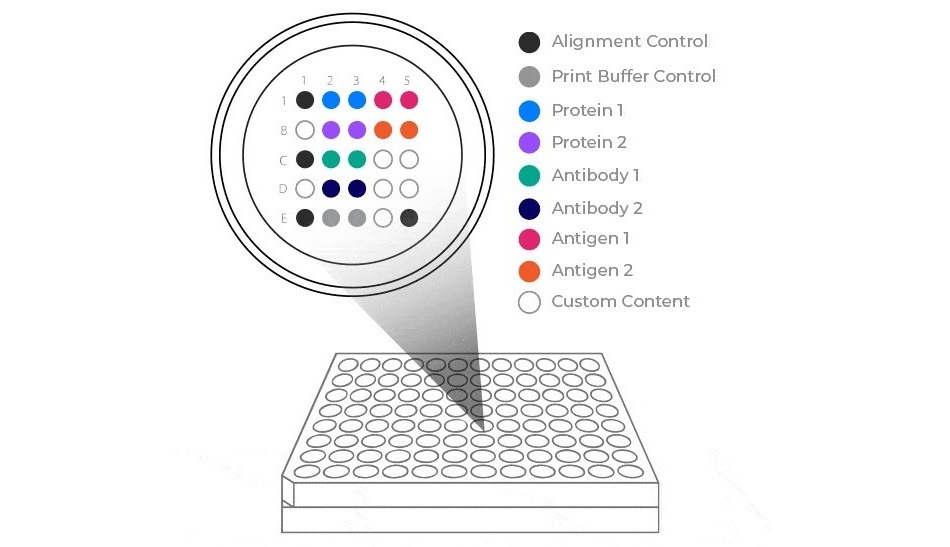First Blood Panel to Detect Deadly Placenta Accreta Spectrum
Posted on 09 Jan 2023
Of the nearly four million births each year in the U.S., roughly 50,000 are marked by life-threatening complications, and up to 900 result in maternal death during delivery. One major, often life-threatening complication is placenta accreta spectrum (PAS), which poses a threat to both the mother and the baby. Currently, PAS cases are identified by ultrasounds, MRIs, and predictive confounding conditions - but these methods leave between 33% and 50% of PAS cases undetected prior to delivery. Now, a new study aims to create a targeted test for predicting PAS during pregnancy, thus better preparing patients and practitioners for the delivery day.
Placenta accreta, a condition where the placenta attaches excessively into the uterine wall, gets its “spectrum” designation because of varying degrees of placental penetration into the body that can occur. In some cases, the placenta attaches to the uterine muscle; in more severe cases, the placenta attaches through the uterine wall and to other organs, like the bladder. There are two major complications for PAS patients: abnormal placenta delivery after birth and heavy bleeding. Identification of PAS cases prior to delivery can help reduce and prepare for such complications. By studying circulating microparticle (CMP) protein panels in pregnant women, investigators from Brigham and Women’s Hospital (Boston, MA, USA) have identified five unique CMP proteins that can predict PAS as early as the second trimester of pregnancy. CMPs are tiny, extracellular vesicles that cells use to communicate with one another and have been studied extensively in other disciplines since they provide a glimpse into cell crosstalk.

The team set out to study CMPs at the maternal-fetal interface, with the goals of pinpointing a clinically useful PAS biomarker and investigating CMP mechanisms of PAS pathogenesis. The team’s primary goal was to construct a blood panel to identify PAS pregnancies. The team conducted a nested case-control study with 35 PAS patients and 70 control patients, who all were retroactively diagnosed after delivery. CMP proteins were isolated and identified from patient plasma sampled during the second and third trimesters of pregnancy. In samples collected from patients who were 26 weeks pregnant, five CMP proteins distinguished PAS patients from control patients; at 35 weeks pregnant, four CMP proteins distinguished PAS patients from control patients. Additionally, in the second trimester iron homeostasis and erythropoietin signaling were overrepresented - a trend that, in the third trimester, revealed abnormal immune function. The study successfully identified five second trimester CMP protein PAS indicators and four third trimester CMP protein PAS indicators, enabling safe predication of PAS well before delivery. The investigators note that more research and clinical trials will be needed to further test the applicability of the protein panel. Next steps include widening the patient sample size and creating a standardized commercial test.
“PAS is a significant contributor to maternal morbidity and mortality worldwide,” said corresponding author Hope Yu, MD, a Maternal-Fetal Medicine physician in the Department of Obstetrics and Gynecology at the Brigham. “Before our study, up to half of these cases weren’t able to be detected before delivery. Our study aims to improve that detection rate using a blood test and to eventually improve health outcomes worldwide.”
Related Links:
Brigham and Women’s Hospital













